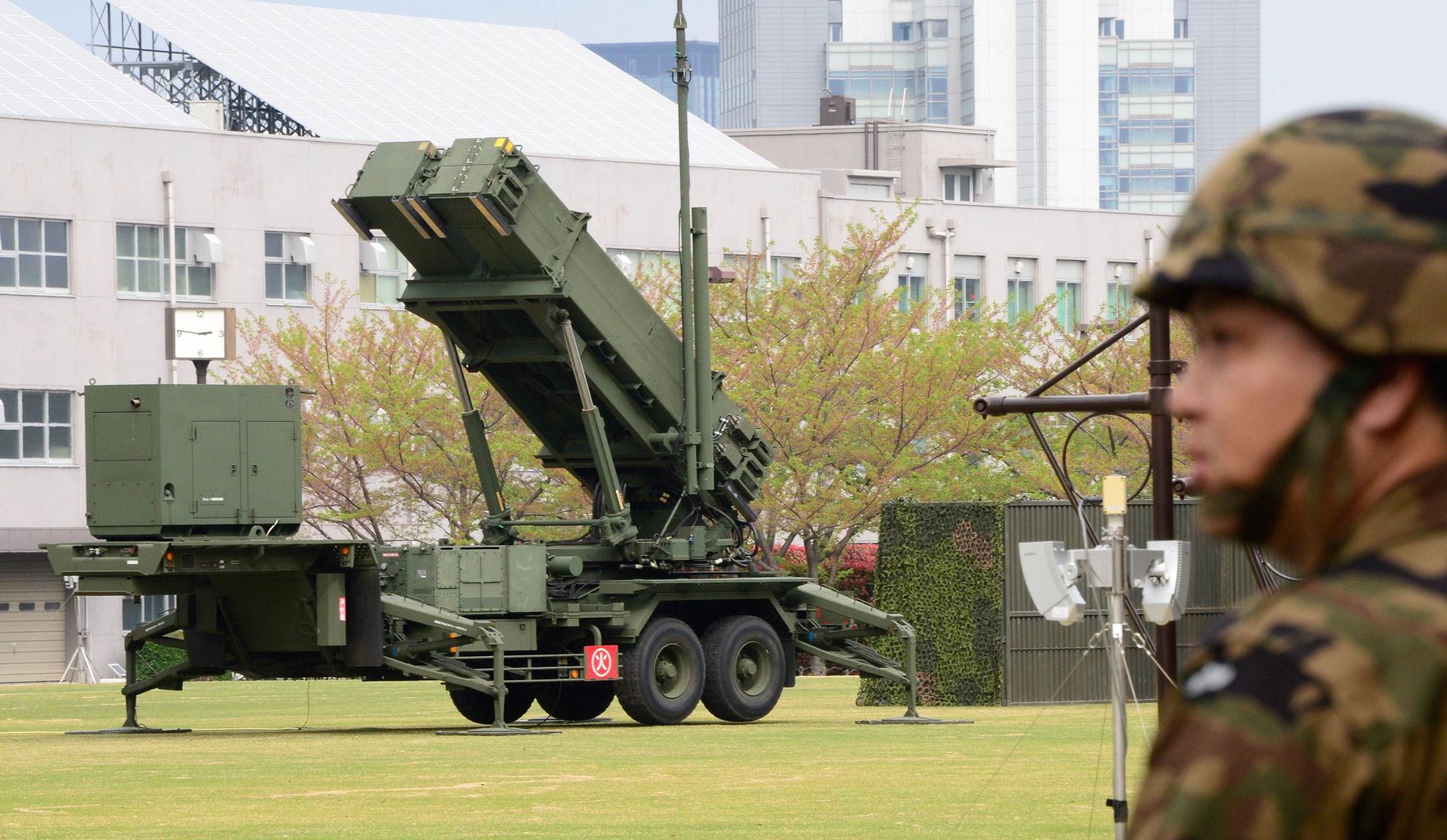Japan is likely to deploy 500 ground troops of its Self-Defense Forces (SDF) equipped with advanced surface-to-air and anti-ship missiles on islands in the western extremities of Okinawa Prefecture, a short distance (170 kilometers) from the uninhabited Senkaku / Diaoyu Islands, which China also claims.
The country’s deputy defense minister, Kenji Wakamiya, met on November 26 with the mayor of Ishigaki – the closest inhabited island near the disputed archipelago – to explain the deployment plans, according to The Japan Times.
Citing an unnamed source, the paper reported that “the government is considering deploying a security unit for initial response if a remote island is invaded and a unit to operate surface-to-air and surface-to-ship missiles.” The deployment will be completed during the next five-year medium-term defense buildup period, from fiscal 2019, the paper added.
Chinese ‘intrusions’
The report comes amid an upsurge in Chinese naval vessels entering Japanese waters around the disputed islands in the East China Sea. Three ships of the China Coast Guard entered Japanese territorial waters close to the islands on November 30. Beijing has stepped up its claims since Tokyo purchased the islands from the family that owned them in 2012 and put them under state control. The intrusion into Japanese waters around the islands was the 32nd by Chinese ships so far this year.
Two days earlier, Chinese military aircraft, including bombers, conducted maneuvers close to Okinawa. Tokyo reacted by scrambling F-15 fighter jets. In October, the Japanese government said that Air Force jets were scrambled a total of 231 times to intercept Chinese aircraft in the six months from April.
In this context, the recently unveiled plans to deploy ground troops in Ishigaki are a reaction to what Tokyo views as growing Chinese belligerence. More units will be deployed to Miyako and Amami-Oshima islands as part of a significant upgrade of Japan’s forces in the region. Tokyo has also decided not to station troops on the disputed islands themselves as such a move would be certain to enrage China and only serve to further raise tensions.
Serious concerns
The Japanese seem nervous, understandably given Beijing’s land reclamation projects and creation of artificial islands believed to be primarily military installations in the South China Sea. The potentially energy-rich waters have long been disputed and Vietnam, the Philippines and Taiwan all have claims to various tiny islands in the region and their surrounding waters.
Beijing, however, has ignored protests from governments in the region. And Tokyo has no intention of permitting the same thing to happen to the disputed small archipelago in the East China Sea.
“Clearly Japan is very worried about the situation and is reconfiguring its security capabilities as a direct result of the rise of China,” Professor Jeff Kingston, director of Asian Studies at the Japan campus of Temple University, told DW.
That has been speeded up since Prime Minister Shinzo Abe got changes to the domestic laws on collective self-defense through parliament, also called the Diet, he said. “Mr Abe clearly believes that Japan needs to do more – and seen to be doing more – to contribute to security in the region, while that is also something the US expects of its ally.”
Tokyo may well be alarmed at China effectively securing control of vast tracts of the South China Sea, through which Japan’s critically important supplies of fuel are transported, but the threat to the Senkaku/Diaoyu Islands is a threat far closer to home.
A military build-up?
As part of a major rethink of its defense strategy, Japan is investing heavily in military hardware designed to protect its remotest islands or, in a worst-case scenario, give it the ability to reclaim land that has been invaded.
Purchases include 17 of the advanced V-22 Osprey transport aircraft from the US, F-35 interceptors to replace Japan’s aging F4 Phantoms and Global Hawk reconnaissance drones, while the Izumo, the first in a new class of Japanese helicopter destroyers, was launched recently.
Japan is also developing a new 680-strong brigade with the specific task of being able to assault and recapture a remote part of Japan’s territory in the event that it is occupied by a foreign power.
Tokyo earmarked 4.98 trillion yen ($42.1 billion) for defense spending in fiscal 2015, the third consecutive year in which defense outlays increased. And next year’s budget is also likely to grow.
“China has been increasing its military budget by around 10 percent a year for the past 30 years or so, with much of that investment flowing into its naval and missile forces. So it is only natural that Tokyo sees China as the greatest threat to Japan’s territorial integrity,” said Jun Okumura, a visiting scholar at the Meiji Institute for Global Affairs.
“We are now seeing Japan embarking on a gradual military build-up in the south-west islands, which makes it even more important than ever that both sides have a clear working relationship that includes notifications and protocols of when and where their forces will be operating,” he said.
The alternative, analysts suggest, would be a minor, accidental clash escalating very quickly into a major international incident. Nevertheless, Professor Kingston believes it is unlikely that Beijing will repeat its South China Sea land-grab and seize the Senkaku / Diaoyu Islands.
“The US has a significant presence in Okinawa and the western Pacific, and I believe the likelihood of a Chinese invasion is almost non-existent, although each side will be watching the other very carefully,” he said.










